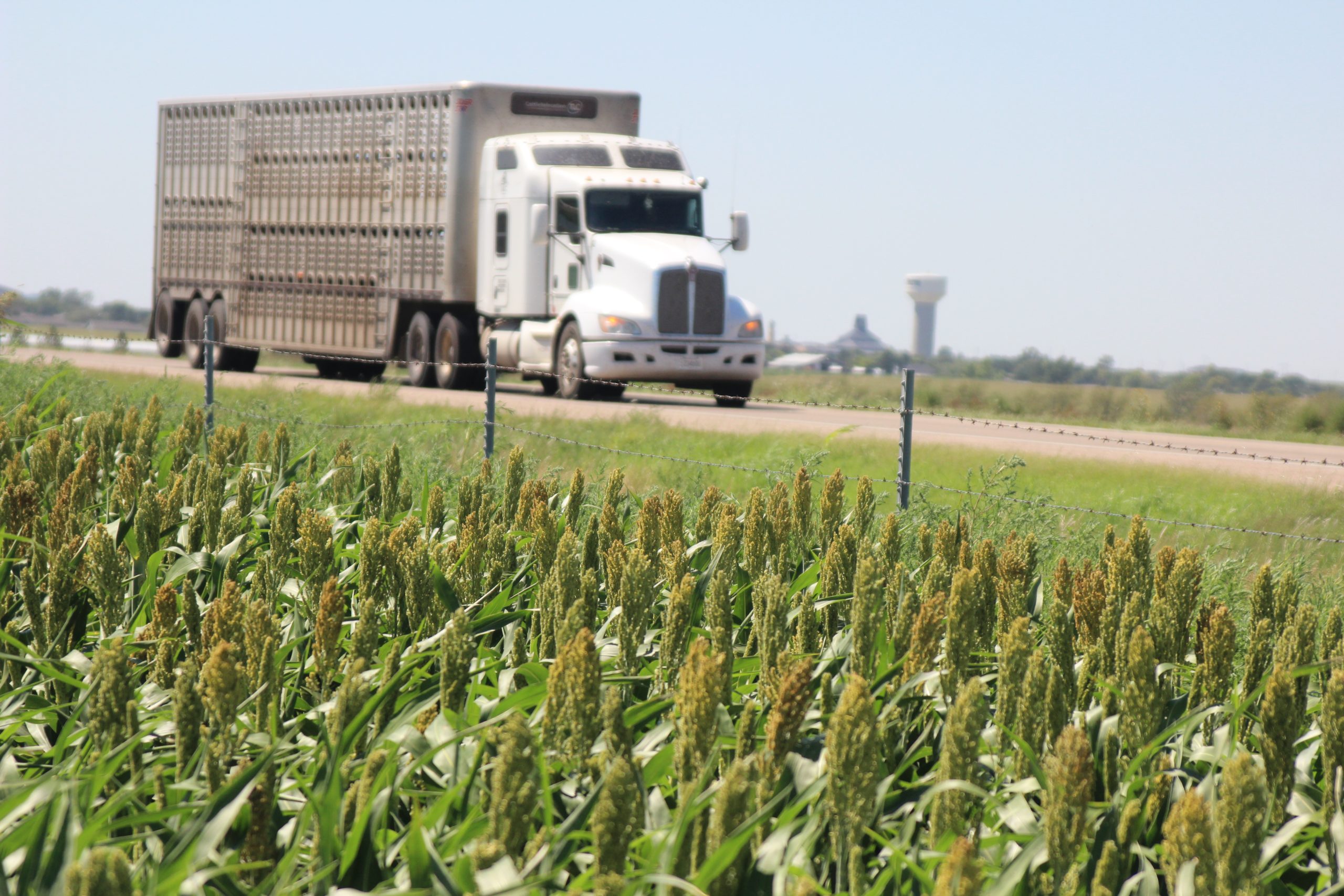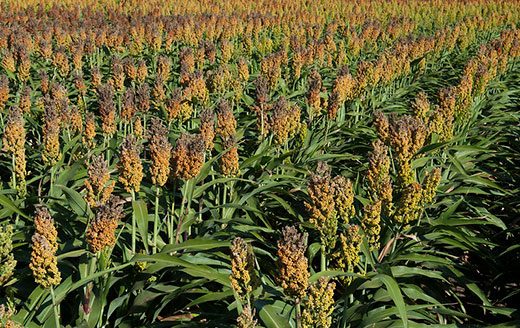The Sunflower State is a powerhouse in sorghum production and looks to continue to build upon its collaboration with millet.
Researchers at Kansas State University are going to continue to tap into the water-sipping crop and continue a long-term commitment for millet.
Ernie Minton, the Eldon Gideon Dean at K-State’s College of Agriculture recently announced a global collaboration for sorghum and millet during the opening day of the Global Sorghum Conference in Montpelier, France, where K-State was a lead sponsor.
The partnership formalizes K-State’s long-term global focus on improving the resiliency and sustainability of sorghum and millet in the face of climate change, Minton said.
“We have found that with these crops, we need to collaborate and share information, research and resources whenever possible to support these orphan grains,” Minton said. “It is a crop that takes a lot of coordination and collaboration between individual scientists because there isn’t the same level of investments as there is in other crops.”
Sorghum is not considered a millet in the United States but it is considered a major millet everywhere else in the world, said Nate Blum, CEO of Sorghum United. These grains are primarily of the Poaceae family.
“Technically, ‘millets’ is the throwaway generalization term that colonial Europe gave to all these small grains that they didn’t recognize when they colonized Africa and India,” Blum said.
Sorghum’s star shines
Kansas is the No. 1 state for acres planted in sorghum at 3.2 million. Minton believes in the potential of millet is an addition that can benefit western Kansas where the Ogallala Aquifer continues to decline and growers need options, he said.
Growers in three states grow proso millet—led by Colorado with 420,000 acres, followed by Nebraska at 220,000 acres and South Dakota at 65,000 acres.
K-State is the home to the Center for Sorghum Improvement, which has a system to support farmers, agriculture and related industry through research, Extension and teaching capacity across the sorghum value chain, Minton said K-State is a leader in sorghum science, production, seed systems, irrigation science, food product development and value chain assessment.
The Global Collaboration on Sorghum and Millet expands the work conducted from 2013 to 2022 through the Feed the Future Innovation Lab for Collaborative Research on Sorghum and Millet, known as SMIL, which is hosted by K-State.
A global commitment is key because that is one way to help Kansas growers and producers elsewhere, Minton said, and it works in partnership with African countries who see millet as a crop to help feed their population. It has a tie to the High Plains because Kansas growers share the same mission of feeding the world, with protein sources that include grain and livestock. Kansas is ranked in the top five in most beef production categories and is in the top 20 in dairy production.

Most of the state’s largest dairies are located in western Kansas, which is the home of many feedlots, Minton said.
Right fit, right time
Blum was enthusiastic about K-State’s role and what it can mean for farmers.
“Sorghum United commends Kansas State University on the recent announcement of the Global Sorghum Conference,” he said. “This will be an opportunity for producers to directly exchange ideas and share in research from around the world. As a global NGO, Sorghum United is always seeking opportunities for international collaboration, and the great work done at Kansas State is often cited in conversation with our international partners.”
Many years ago, K-State had a researcher studying millet at Hays but the experiment ended.
Minton, who has an animal science background, sees the potential for millet as a feed grain that can be fed to livestock, which is important in the High Plains. Sorghum and triticale have shown they can work as an alternative to corn, which requires higher inputs—most notably water.
As growers face the likelihood of pumping less water from the Ogallala Aquifer farmers and ranchers need unbiased and well-researched and sourced information, Minton said. K-State has an important role in providing research so that cattle feeders and dairy producers can make informed decisions if they decide to plant millet and what the production expectations are for silage and nutritional value.
Sign up for HPJ Insights
Our weekly newsletter delivers the latest news straight to your inbox including breaking news, our exclusive columns and much more.
“We’re trying to be very forward thinking and try to anticipate what the challenges are going to be particularly in western Kansas over the next many decades,” he said.
Sorghum and millet both can use existing equipment for growers. Both crops also have a planting season that are in late May and June.
The crops also have a direct human consumption food source and what intrigues Minton is the dual purpose of feedstock and that means expanding ways that can feed a global population that continues to grow.
Dave Bergmeier can be reached at 620-227-1822 or [email protected].




